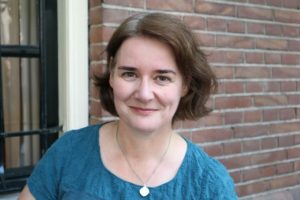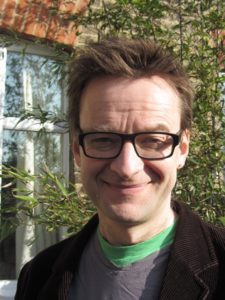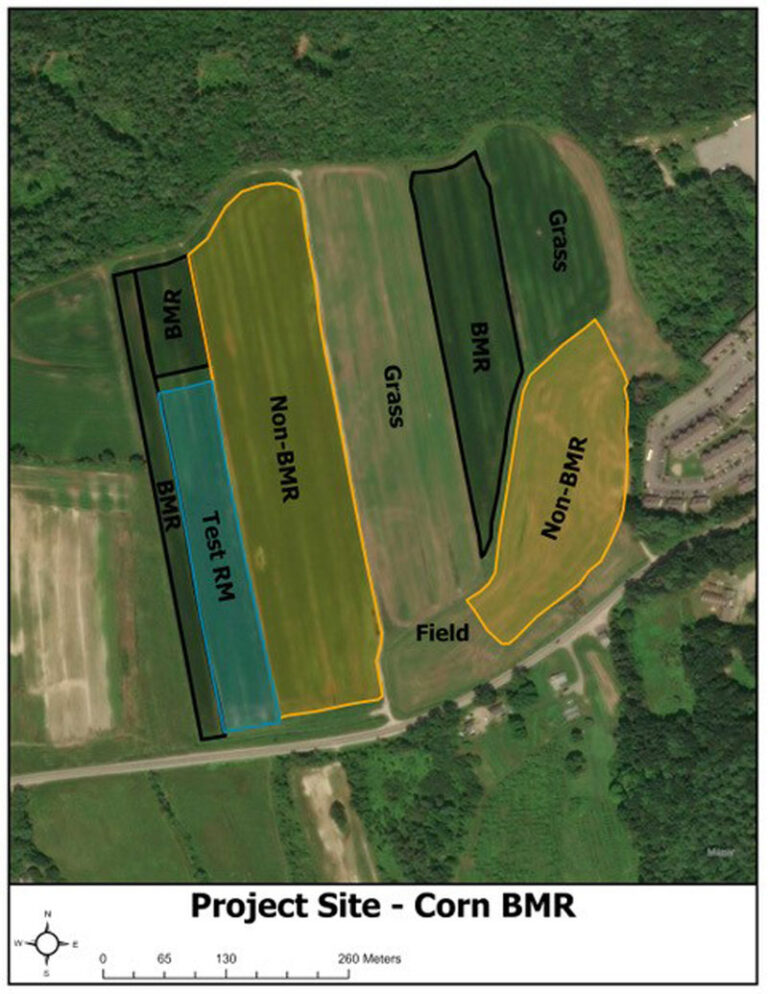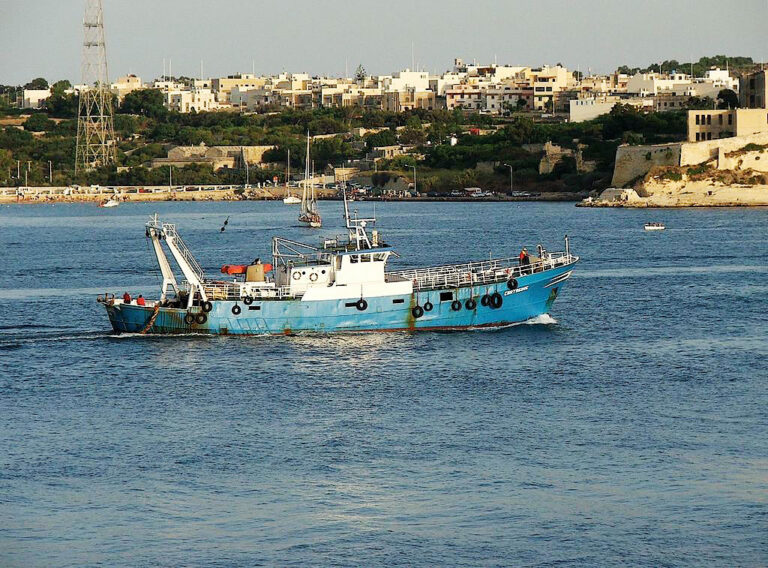Meet the AAG Journals Editors – Deborah Dixon, Tim Cresswell, and Philip J. Nicholson
 There are two editors who work on the AAG Journal, GeoHumanities as well as an assistant editor. Deborah Dixon is one of the editors who works to publish new scholarly interactions occurring at the intersections of geography and multiple humanities disciplines within the journal.
There are two editors who work on the AAG Journal, GeoHumanities as well as an assistant editor. Deborah Dixon is one of the editors who works to publish new scholarly interactions occurring at the intersections of geography and multiple humanities disciplines within the journal.
Deborah Dixon is a cultural and political geographer, with an undergraduate degree from Cambridge; a Masters from the University of Wisconsin-Madison with a thesis on cholera in British India; and a PhD from the University of Kentucky with a thesis on the political reanimation of regions. Her first job was at East Carolina University where she researched the rural geographies of marginal economies and the experience of migrant women, before she returned to the UK to work at Aberystwyth University and then the University of Glasgow. She has four books and over 80 articles, and is currently working on a project on ‘Earth Futures’ that looks at the making of the Anthropocene and anticipated futures though geoengineering and the shifting geographies of radionuclides.
In her own words, Dixon explains what she enjoys most about being an editor for AAG Journals:
“GeoHumanities is a very young journal, and I have been fortunate to be able to develop its ethos, remit and its aesthetics. What I enjoy most is seeing a collection of articles come together with pieces in the ‘Practices and Curations’ section of the journal to give a collective sense of what this field indeed is, what is lays claim to, and how it looks to be developing. I enjoy working with the individual submissions, but it is this collective presentation within the covers of an issue, with its substantive range and epistemic diversity, that really gives me a sense of having contributed something that is worthwhile. What I hope is that readers will go through the entire issue, or, if they are looking up a particular article, feel their eye drawn to something else, and something else again.”
 Tim Cresswell is one of the AAG Journals editors for ‘GeoHumanities,’ the newest journal in AAG’s suite of journals. Published twice a year, ‘GeoHumanities’ features both academic articles as well as shorter creative pieces that cross over between the academy and creative practice.
Tim Cresswell is one of the AAG Journals editors for ‘GeoHumanities,’ the newest journal in AAG’s suite of journals. Published twice a year, ‘GeoHumanities’ features both academic articles as well as shorter creative pieces that cross over between the academy and creative practice.
In addition to being an editor, Cresswell is Dean of the Faculty and Vice-President for Academic Affairs at Trinity College in Hartford Connecticut, where he is also Professor of American Studies. He is the author or editor of nine books on the role of space, place, and mobility in social and cultural life including Place: An Introduction (Blackwell, 2014). He has Ph.D.s in geography from University of Wisconsin – Madison and creative writing from Royal Holloway, University of London. Currently, Cresswell is working on books on the representation of mobility in the photography of Eadweard Muybridge, the role of place in contemporary poetry, and the history of Chicago’s Maxwell Street Market (University of Chicago Press, 2019). Cresswell is also a widely published poet with two collections, most recently Fence (Penned in the Margins, 2015).
Being an editor for the AAG Journals brings Cresswell satisfaction, particularly in guiding “creative and bold writers and scholars from across disciplines towards finding a readership and making a mark,” especially with younger scholars. For him, prospective authors should “be bold. Allow the discipline to inspire you, but don’t let it limit you,” and while he definitely thinks that the intersection of geography and the humanities should be at the forefront of geographic thought, he believes that the meeting of “creative geographies” with the digital needs the most attention. Such work, “can address key issues such as life in the Anthropocene, the ethical implications of Big Data, and the hopeful possibilities of inhabiting the earth despite of and across our differences.”
 Philip J. Nicholson is the editorial assistant of GeoHumanities, an honorary researcher in the School of Geographical and Earth Sciences at the University of Glasgow, and a practicing artist. In his role as editorial assistant, Nicholson created and currently maintains the GeoHumanities online exhibition. Here, some of the artists and arts-practicing geographers whose work has been published in GeoHumanities are featured.
Philip J. Nicholson is the editorial assistant of GeoHumanities, an honorary researcher in the School of Geographical and Earth Sciences at the University of Glasgow, and a practicing artist. In his role as editorial assistant, Nicholson created and currently maintains the GeoHumanities online exhibition. Here, some of the artists and arts-practicing geographers whose work has been published in GeoHumanities are featured.
As an undergraduate, Nicholson studied Contemporary Fine Art at Sheffield Hallam University where he concentrated on sculpture and installation. Following this, he moved to London to study for an MA in Creative Practice for Narrative Environments at Central Saint Martin’s College of Art and Design, University of the Arts London. This was very much an interdisciplinary course, which gave him the opportunity to collaborate with other creative professionals to tell stories in physical and digital spaces. Nicholson’s training as an artist and designer is very much at the heart of his practice as a geographer.
In June he was awarded his PhD in Human Geography from the University of Glasgow. The remit of his PhD project was to explore the creative potential of geographic information systems (GIS) from an arts and humanities perspective. To do this, he developed a methodology that supplemented traditional qualitative methods with creative practice via modes of experimentation, performance, and video making.
Recently, Nicholson has been given the opportunity to work as a postdoctoral research assistant on a set of inter-linked, cross-disciplinary and cross-border projects to develop ‘creative geovisualisation’ as a method of working collaboratively and creatively to map social and physical data sets, but also to map the messy work of knowledge production itself.


